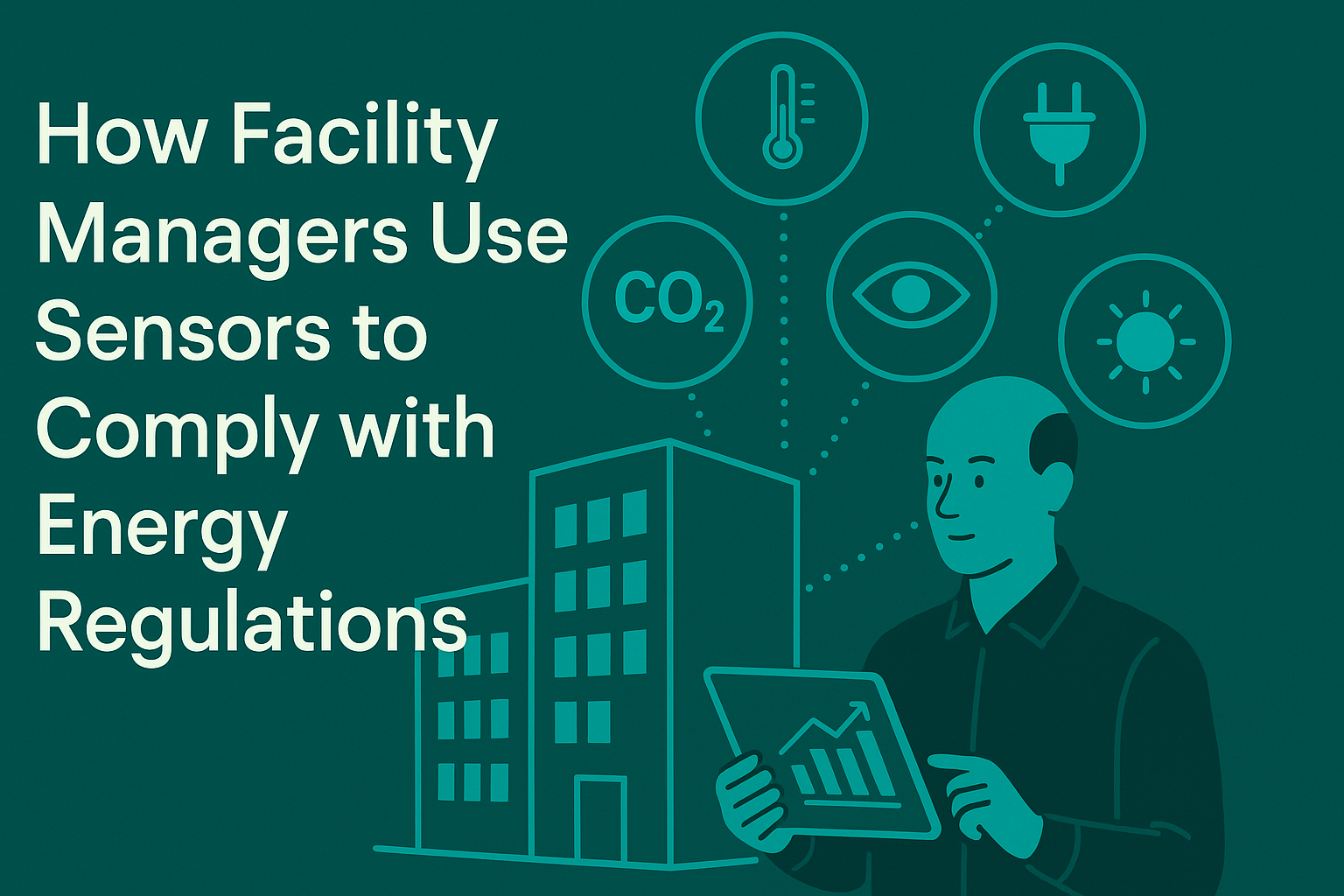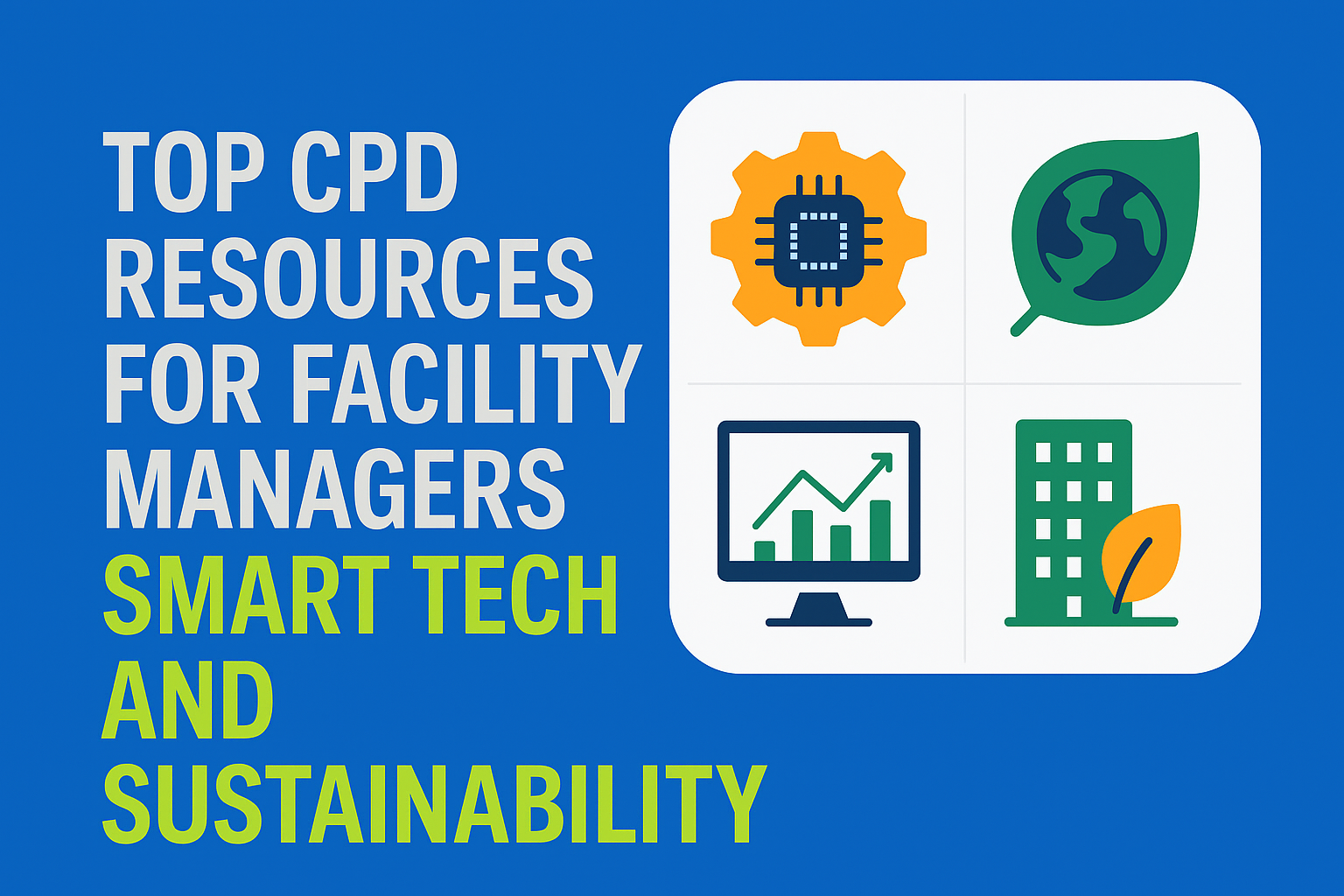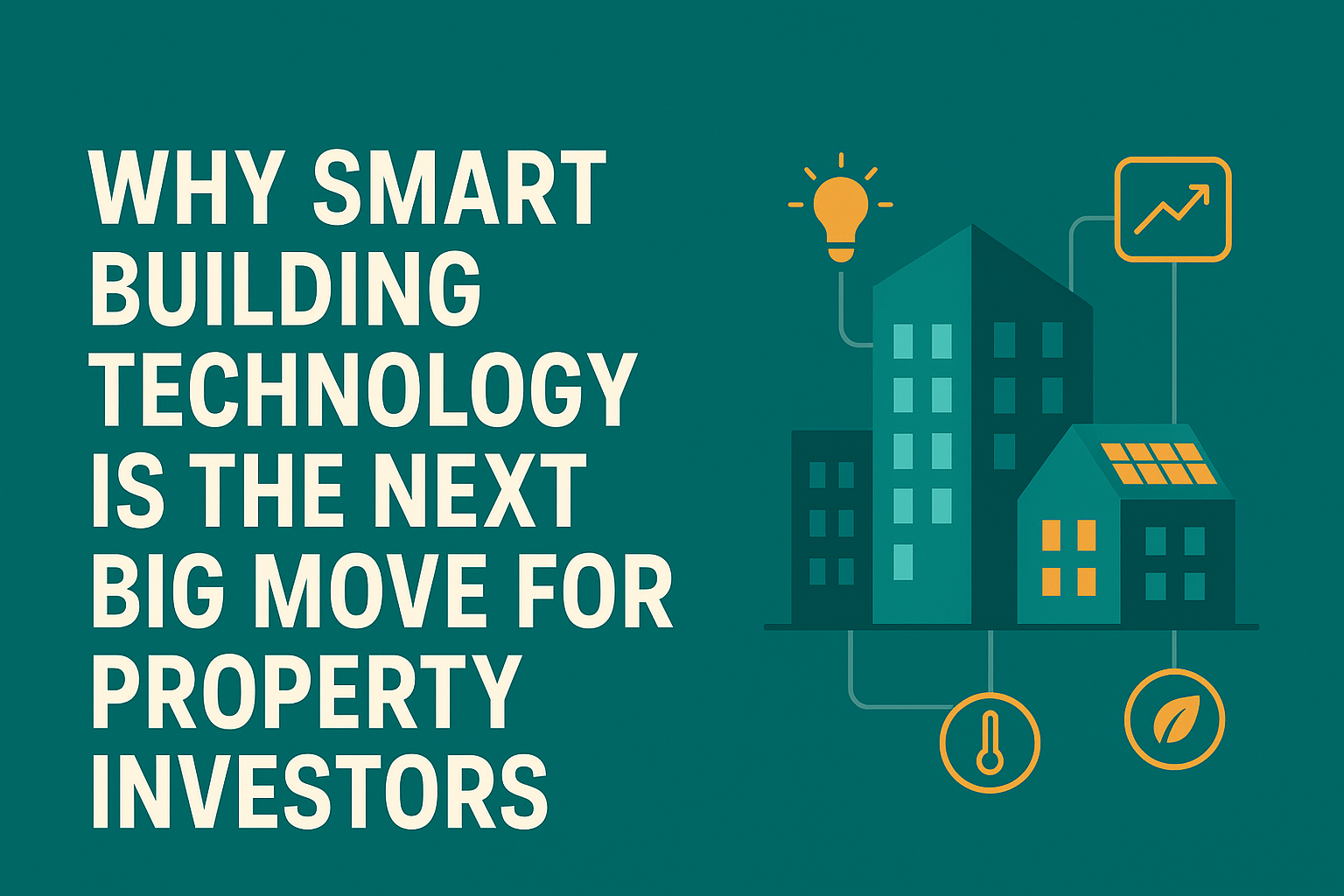
How Facility Managers Use Sensors to Comply with Energy Regulations
Energy regulations are tightening, from offices and hospitals to retail centres; every building must now prove it’s running efficiently. For facility managers, that pressure feels familiar: keep energy costs low, meet carbon targets, and stay compliant—all at once.
The challenge? You can’t manage what you can’t measure. That’s why sensors and AI-powered environmental monitoring systems have become the invisible backbone of modern compliance, tracking, recording, and reporting everything from kilowatt-hours to carbon intensity in real time.
Why Sensors Are Central to Energy Compliance
For facility managers, proving compliance isn’t just about ticking a box. It’s about keeping buildings performing at their best while meeting ever-stricter standards. Sensors make that possible by turning everyday operations into measurable, actionable insights—forming a key part of today’s smart building management solutions.
-
Transparency and reporting: Regulations like Streamlined Energy and Carbon Reporting (SECR) demand accurate reporting of energy use and emissions. Sensors provide the hard evidence—precise, timestamped data that makes compliance straightforward and defensible.
-
Real-time control: When energy use suddenly spikes or a system drifts from its optimal setting, sensors catch it instantly. That visibility lets managers act fast, preventing waste and potential non-compliance.
-
Efficiency verification: With continuous monitoring, facility teams can demonstrate that equipment and systems consistently meet required performance levels.
-
Proof of improvement: After an upgrade or retrofit, sensors provide the data trail that proves the investment delivered real, measurable results—a key factor for Minimum Energy Efficiency Standards (MEES) and Energy Performance Certificate (EPC) compliance.
Simply put, sensors bridge the gap between compliance paperwork and real-world performance. They turn obligations into opportunities for smarter building management.
The Types of Sensors That Keep Buildings Compliant
Modern buildings rely on a network of connected sensors that track how energy is used and how internal conditions change throughout the day. Each type contributes to a clearer picture of performance and compliance.
-
Electricity and gas meters: Sub-metering by floor or zone helps track energy intensity for SECR and ISO 50001 reporting.
-
Temperature and humidity sensors: Monitor indoor comfort and verify that HVAC systems operate efficiently.
-
CO₂ and VOC sensors: Maintain safe air quality levels and support compliance with workplace health and safety standards.
-
Occupancy sensors: Detect movement and automatically adjust lighting or ventilation in unused areas to meet energy-efficiency requirements.
-
Light sensors: Optimise daylight use by adjusting artificial lighting, supporting compliance with UK Building Regulations Part L.
When connected through smart monitoring systems, these sensors create a live picture of building performance that facility managers can rely on with confidence.
How Sensors Help Meet UK Regulations
The UK has set ambitious goals for sustainability and energy efficiency, and compliance now depends on data-driven evidence. Facility managers are increasingly turning to sensors to stay ahead of the curve and meet key regulatory requirements.
Below are four of the most significant UK regulations where sensors make a measurable difference in daily facility operations:
-
Energy Efficiency and EPC Ratings:
Sensors help track energy use across different zones, revealing where systems are underperforming. This data guides targeted improvements that boost EPC ratings and support compliance with MEES obligations. -
Streamlined Energy and Carbon Reporting (SECR):
Under SECR, organisations must disclose detailed information about energy use and carbon emissions. Continuous sensor monitoring ensures that all consumption is accurately captured and ready for transparent reporting. -
Building Regulations Part L (Conservation of Fuel and Power):
Part L sets minimum standards for the energy performance of new and existing buildings. Sensors play a key role here, as lighting and HVAC controls that respond to occupancy and daylight data help buildings meet these standards automatically. -
Net Zero and Carbon Reduction Plans:
As more organisations commit to Net Zero, sensors provide the backbone for carbon tracking. They feed real-time data into dashboards that measure, verify, and visualise progress toward emission reduction targets.
Together, these applications show how sensors do far more than measure performance—they enable proactive, verifiable compliance with the UK’s energy and carbon regulations.
Common Challenges and Best Practices
Sensors bring clarity and control to building management, but turning that potential into reliable compliance takes careful planning.
-
Data accuracy: Sensors are only as good as their calibration. Regular checks and maintenance are essential, since inaccurate readings can lead to false assumptions or missed compliance targets.
-
Integration with legacy systems: Many UK facilities operate with older control or metering systems. Bridging them with modern sensor networks may require additional gateways, software, or system upgrades.
-
Data management and security: Energy data must be stored and processed responsibly. Facility managers should ensure their systems comply with GDPR and other cybersecurity standards.
-
Staff training: Even the best technology depends on skilled people. Teams should understand how to interpret sensor data and translate it into timely action.
Good practice begins with mapping out which regulations apply to the building, then deploying sensors strategically in the areas with the biggest impact—such as HVAC systems, lighting zones, and plant rooms. This ensures that each device contributes directly to both compliance and efficiency goals.
How DIREK Helps Facility Managers Stay Compliant
At DIREK, we design and deliver energy efficiency management systems that make compliance simple, transparent, and efficient. Our D-XPERT® platform integrates energy meters, environmental sensors, and occupancy data into a single live dashboard, giving facility managers complete visibility of building performance.
It automatically benchmarks energy consumption, flags anomalies, and generates ready-to-use reports aligned with SECR and MEES requirements. The system also tracks CO₂ emissions in real time, helping organisations measure their progress toward Net Zero and sustainability certifications.
For facility managers, this means less time spent gathering data and more time making informed decisions. With DIREK’s intelligent monitoring solution, compliance becomes a seamless part of daily operations, supported by reliable, verifiable information that stands up to any audit.
Building a Smarter, Compliant Future
Energy compliance doesn’t have to be a burden. With the right sensors and an integrated digital platform, facility managers can turn regulations into opportunities. The result is lower costs, greater sustainability, and buildings that perform better every day.
The future of facility management is data-driven, connected, and transparent. It starts with understanding exactly how your building performs—and using that knowledge to lead the way toward a smarter, more sustainable future.
Sina Mehdigholi
Sina Haji Mehdigholi is an energy systems engineer with over 8 years of hands-on experience in building management systems, energy efficiency, and smart building automation. At DIREK, he blends engineering insight with AI to shape sustainable and intelligent environments.
Follow Me
